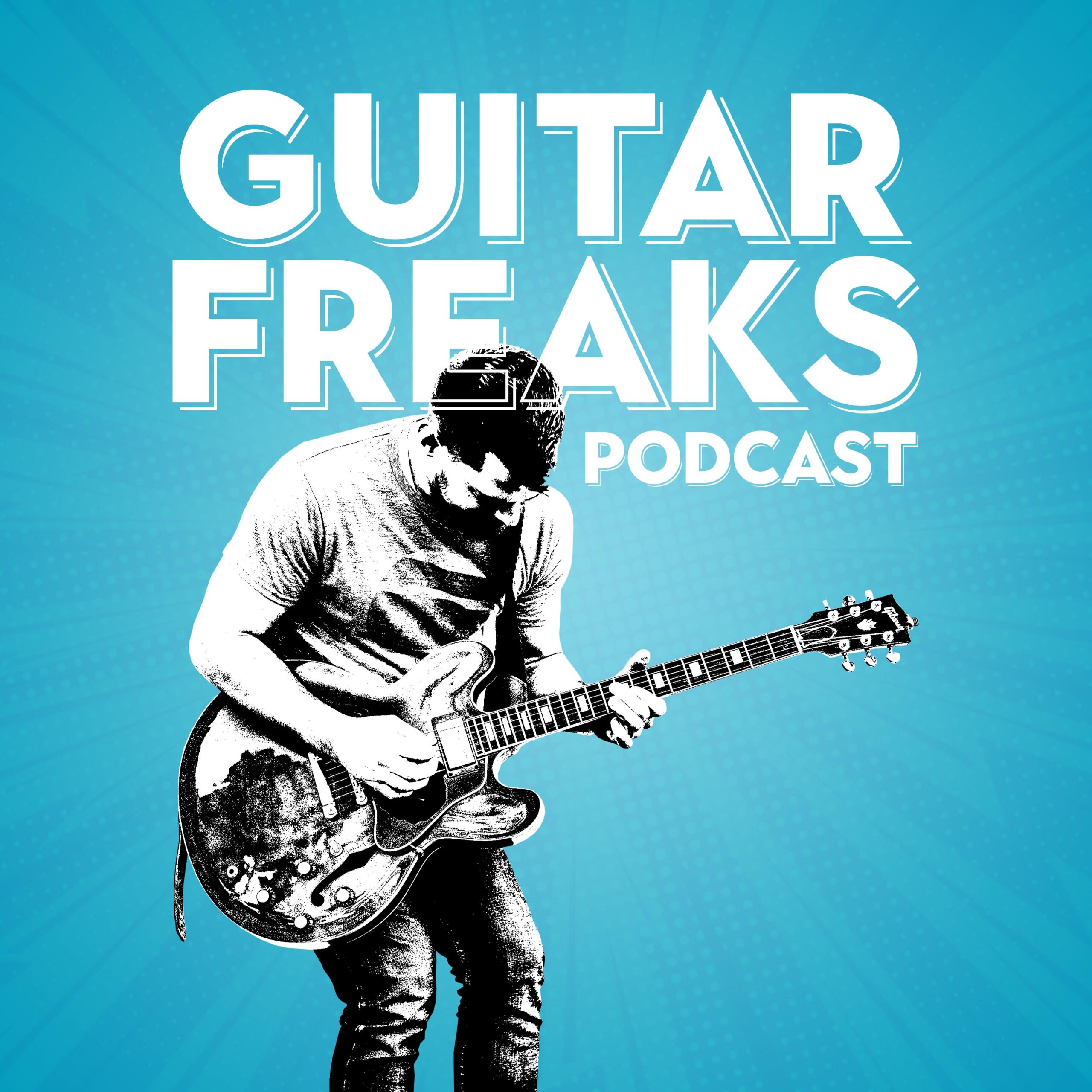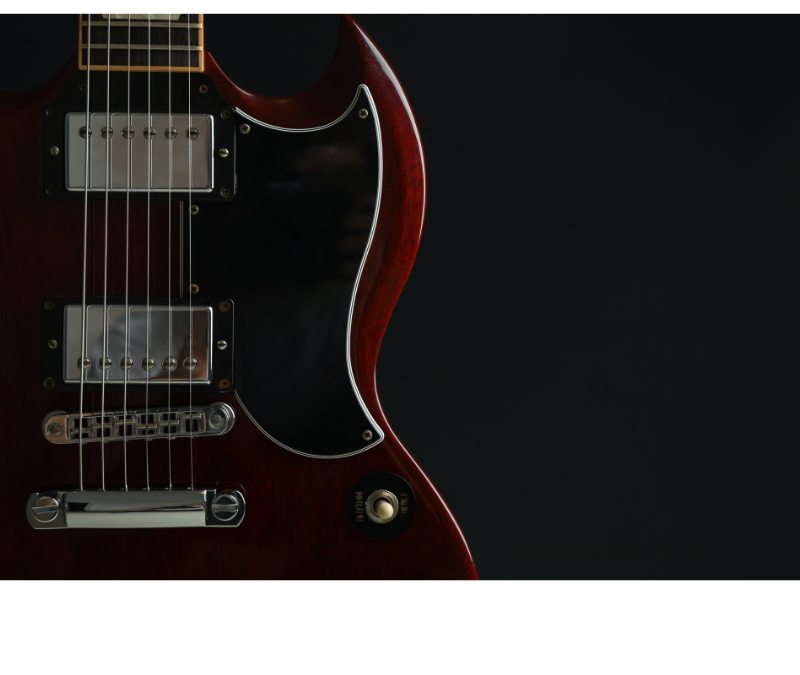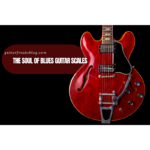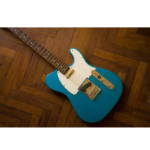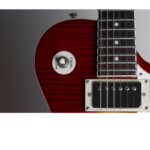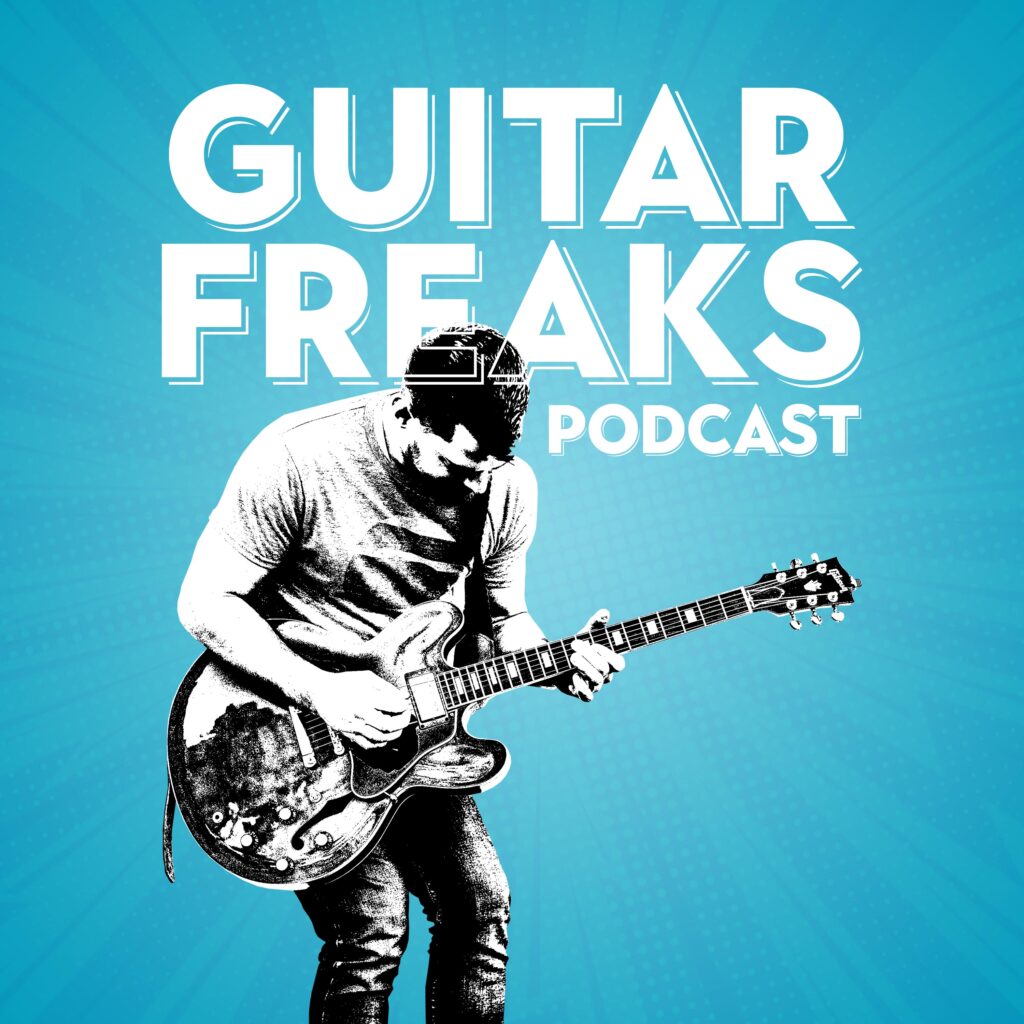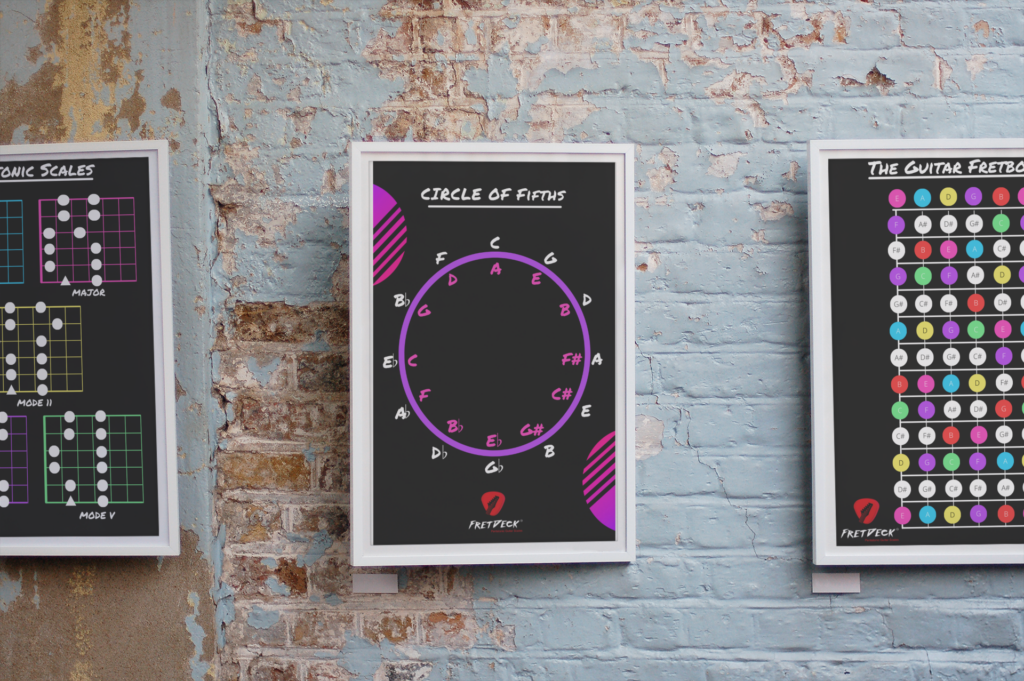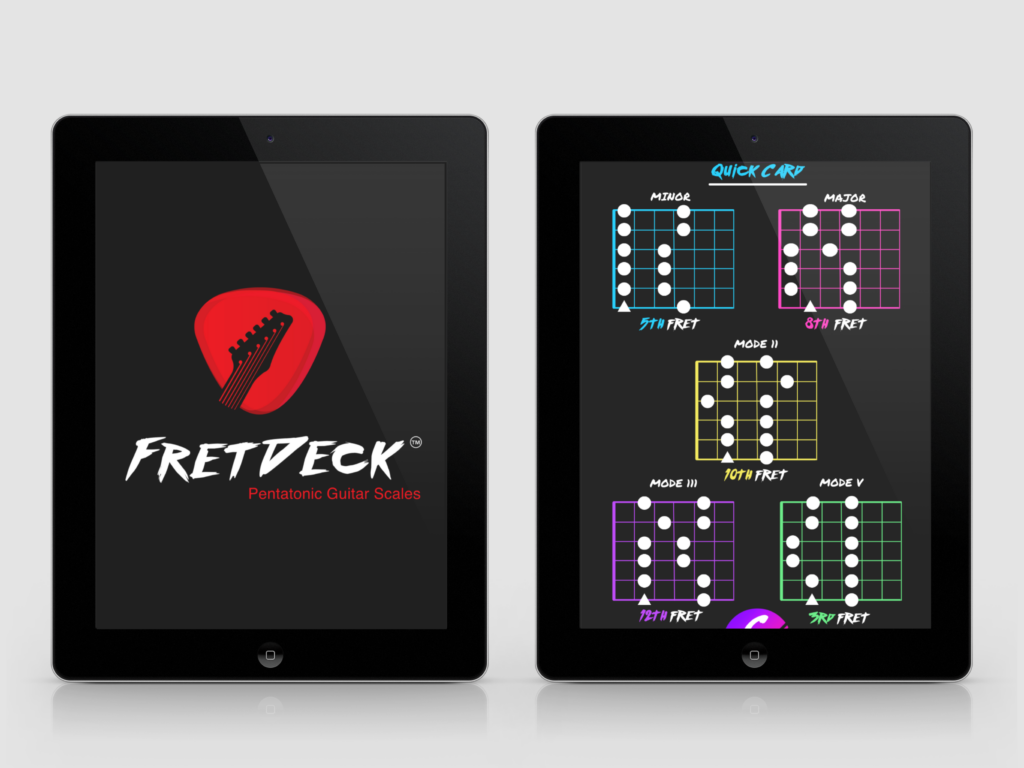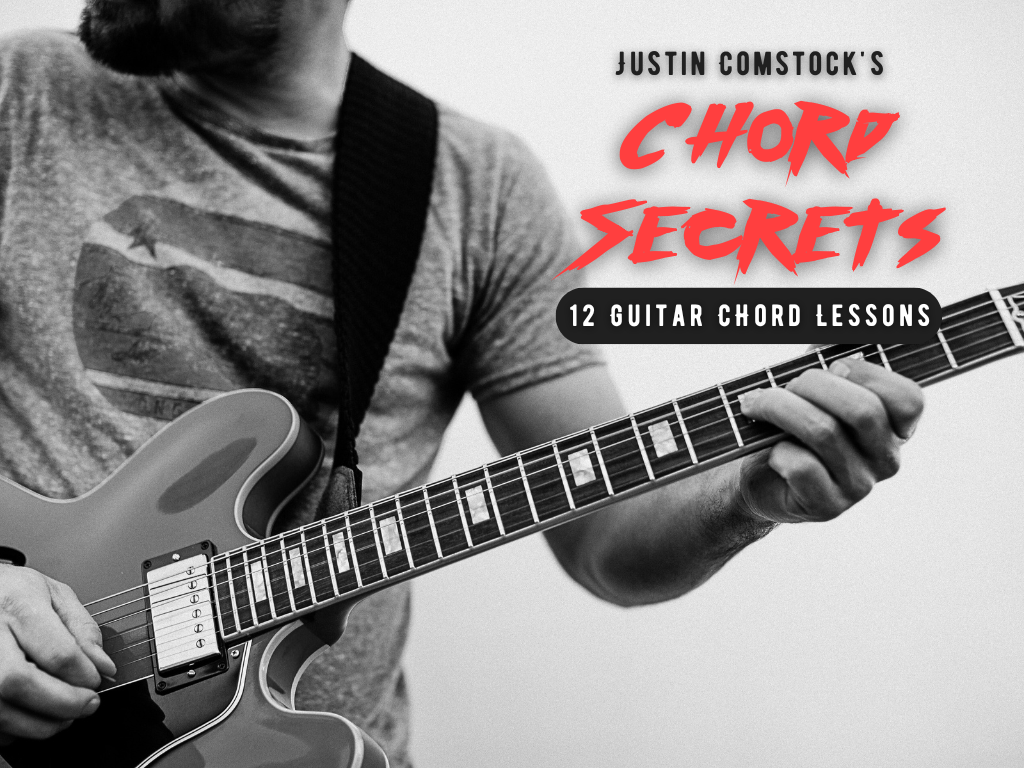When you think of blues guitar, one element ties it all together: the blues guitar progression. These repeating chord structures are the heartbeat of the blues, creating space for the soul of the music—your phrasing, your bends, your story.
From smoky juke joints to global arenas, the same progressions have carried legends like B.B. King, Stevie Ray Vaughan, and Jimi Hendrix. And the best part? They’re accessible to you right now.
In this guide, we’ll break down three essential types of blues guitar progression—minor, dominant, and altered—and show you how to turn them into your own.
Why Blues Guitar Progression Matters
A progression is more than a formula—it’s a framework for creativity. The 12-bar blues progression is the most famous, usually built around the I, IV, and V chords. But within that simple outline lives a world of possibilities: melancholy minor progressions, fiery dominant shuffles, and sophisticated altered variations.
If you can master these, you’ll not only understand the blues but also build a foundation that fuels rock, jazz, soul, and beyond.
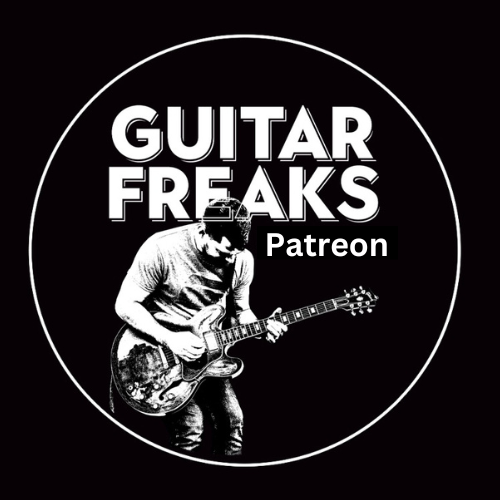
🎸 Join the Guitar Freaks Patreon!
Get SoloCraft™ E-Book & FretDeck™ FREE!
Join Guitar Freaks on Patreon and instantly unlock my full e-book SoloCraft & FretDeck™ Guitar Scales—your step-by-step guide to fretboard mastery and crafting soulful solos.
New video lesson drops every Friday so you’ve always got a fresh, focused practice plan for the week.
👉 Don’t miss out—join now and grab your free copy!
1. The Minor Blues Guitar Progression
A minor blues guitar progression creates a soulful, moody atmosphere. It leans into emotion, often sounding haunting or introspective. Here’s the basic 12-bar minor form in A minor:
| Am | Am | Am | Am |
| Dm | Dm | Am | Am |
| E7 | E7 | Am | Am |
Why It Works
- The i–iv–V movement is simple yet emotional.
- Minor tonalities leave room for expressive solos with bends and slides.
- Perfect for ballads or slow blues jams.
Songs & Players
- The Thrill Is Gone (B.B. King)
- Still Got the Blues (Gary Moore)
Practice tip: Try using the A minor pentatonic and natural minor scale interchangeably to add depth.
2. The Dominant Blues Guitar Progression
The dominant 12-bar progression is the bread and butter of the blues. With dominant seventh chords, you get tension, grit, and release. In E:
| E7 | E7 | E7 | E7 |
| A7 | A7 | E7 | E7 |
| B7 | A7 | E7 | B7 |
Why It Works
- The dominant 7 chords push against each other, giving the blues its edge.
- It’s endlessly adaptable: shuffles, slow blues, or uptempo rockers.
Variations
Quick change to the IV chord:
| E7 | A7 | E7 | E7 |
| A7 | A7 | E7 | E7 |
| B7 | A7 | E7 | B7 |
Songs & Players
- Pride and Joy (Stevie Ray Vaughan)
- Crossroads (Eric Clapton)
- Hoochie Coochie Man (Muddy Waters)
Practice tip: Lock into a shuffle groove with your right hand—it’s the pulse of this progression.
3. Altered Blues Guitar Progression
For players who want to stretch the boundaries, altered blues guitar progressions add chromatic tension with altered dominant chords (like 7#9 or 7b9). In G:
| G7#9 | G7#9 | G7#9 | G7#9 |
| C7#9 | C7#9 | G7#9 | G7#9 |
| D7#9 | C7#9 | G7#9 | D7#9 |
Why It Works
- Creates a more modern, jazzy flavor.
- Adds grit and complexity to solos.
- Forces you to explore scales beyond the pentatonic.
Songs & Players
- Red House (Jimi Hendrix)
- Robben Ford’s modern jazz-blues fusion recordings
Practice tip: Use the altered scale (7th mode of melodic minor) for lead lines over the altered chords.
How the Masters Use Blues Guitar Progression
B.B. King: Emotion in Every Note
B.B. often leaned on minor progressions to let his vibrato and phrasing speak volumes. The Thrill Is Gone is a masterclass in how fewer notes can mean more.
Stevie Ray Vaughan: Raw Energy
SRV built his career around dominant 12-bar forms, infusing them with Texas fire. His quick-change variations gave songs like Pride and Joy their unmistakable drive.
Jimi Hendrix: Breaking the Mold
Hendrix wasn’t afraid of altered chords. Red House shows how he stretched blues traditions into new sonic universes.
Eric Clapton: The Bridge Builder
Clapton pulled from every type of progression, bridging American blues with British rock. His work in Crossroads is a straight-ahead dominant progression elevated by fierce solos.
Internal Resource for Fretboard Mastery
If you’re learning progressions, you also need to know your fretboard inside out. Don’t miss my article Notes on Electric Guitar: Jack’s Journey with FretDeck — it shows exactly how one student unlocked the neck using FretDeck, and how you can too.
Practical Tips for Mastering Blues Guitar Progression
- Learn the 12-Bar Form in Every Key
Practice the I, IV, and V chords up and down the neck. - Experiment with Minor, Dominant, and Altered Variations
Mix and match to keep your playing fresh. - Improvise Daily
Even 5 minutes of soloing over a backing track cements the sound. - Study the Greats
Actively listen to B.B. King, SRV, Clapton, Hendrix, and Robben Ford. - Play with Others
Jam sessions push you to adapt quickly and listen deeply.
Want More Than Just Progressions?
Reading about progressions is a start, but the fastest growth comes from structured lessons, backing tracks, and direct guidance. That’s why I created my Patreon community:
- Weekly breakdowns of blues guitar progression in real songs
- Exclusive backing tracks in multiple keys
- Downloadable chord charts and tabs
- A private community of guitarists sharing progress, tone tips, and gear
👉 Join my Patreon today and stop spinning your wheels. It costs less than a couple of cups of coffee a week—and gives you momentum you can’t find alone.

🎸 Join the Guitar Freaks Patreon!
Get SoloCraft™ E-Book & FretDeck™ FREE!
Join Guitar Freaks on Patreon and instantly unlock my full e-book SoloCraft & FretDeck™ Guitar Scales—your step-by-step guide to fretboard mastery and crafting soulful solos.
New video lesson drops every Friday so you’ve always got a fresh, focused practice plan for the week.
👉 Don’t miss out—join now and grab your free copy!
Keep the Blues Alive
Every time you learn a new blues guitar progression, you’re carrying the tradition forward. You’re not just practicing chords—you’re speaking the same language that shaped modern music.
And if you want to support live blues, education, and the community that makes this music thrive, don’t miss the Utah Blues Society.
Because learning progressions is one thing—living the blues is another.
